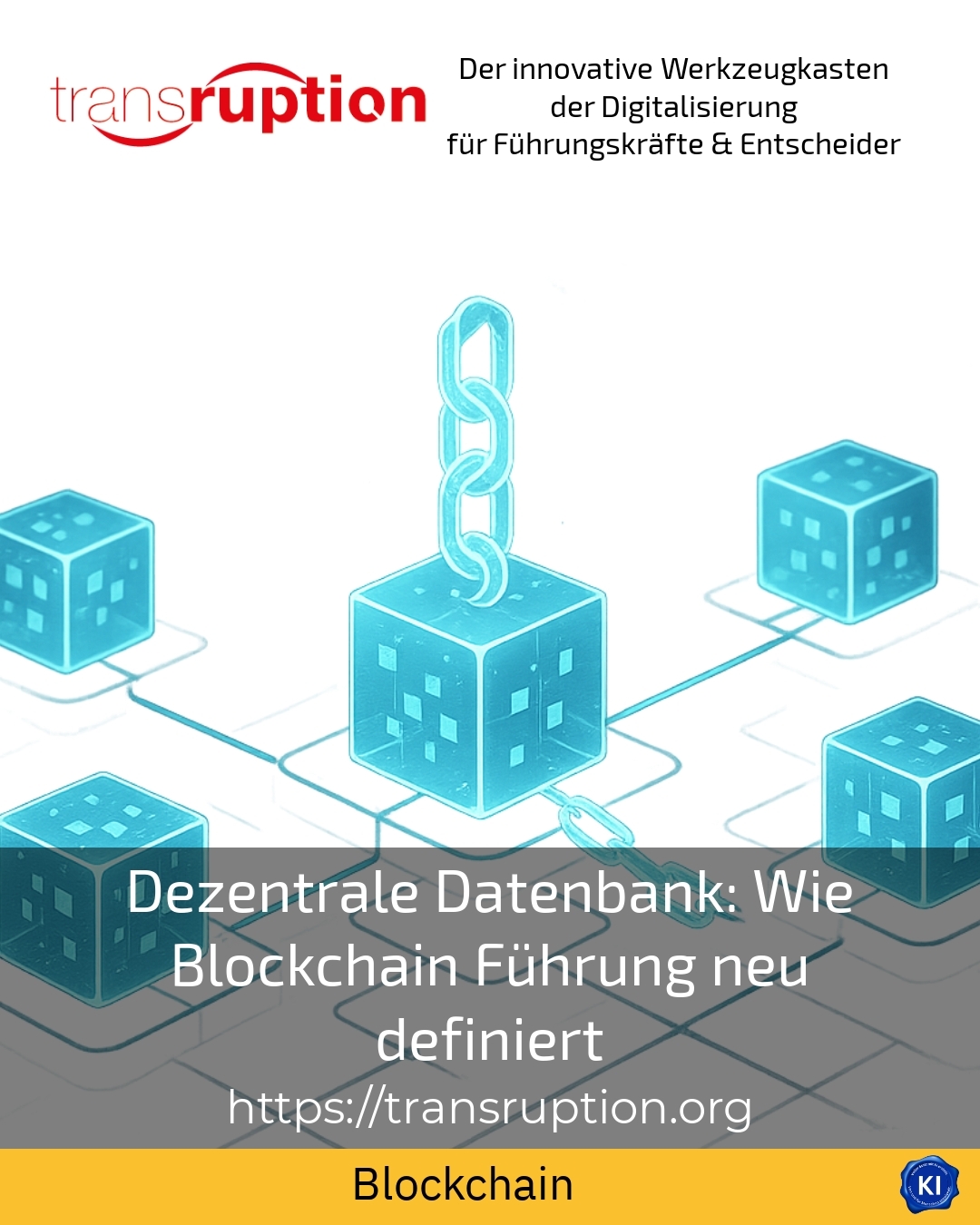The decentralised database has long been more than just a technical concept. It is changing how companies, organisations and individuals shape trust, transparency and control in digital processes. Many clients come to us because they are looking for solutions that offer more security, efficiency and independence. The decentralised database is a central building block that opens up new paths.
What is a decentralised database?
A decentralised database is a system in which data is not stored on a central server. Instead, it is stored on many computers in the network. Each participant has an identical copy. This results in a high level of security and availability.
In practice, this means that if a server fails, the data remains available. The data is visible and traceable for everyone. Manipulation is virtually impossible because every change is checked by all participants.
Practical examples: In logistics, supply chains are becoming more transparent. In the world of finance, transactions are becoming faster and more secure. In administration, processes are becoming more efficient and less bureaucratic.
How does a decentralised database work?
The architecture of the decentralised database
The decentralised database is based on a distributed architecture. Each node in the network stores a complete copy of the data. New entries are validated by a consensus mechanism. This ensures that all participants have the same information.
Example: In a supply chain network, all participants can view the current status of the delivery. Every step is documented and can be traced by everyone. This increases trust and reduces errors.
Example: In the financial world, transactions are verified in real time. Every participant can view and check the transactions. This protects against fraud and manipulation.
Example: Documents and processes are digitised in the administration. Every step is documented and can be traced by everyone. This increases efficiency and reduces bureaucracy.
The advantages of the decentralised database
The decentralised database offers many advantages. It increases security, transparency and efficiency. It reduces dependency on centralised instances. It protects against manipulation and failures.
Example: In logistics, supply chains are becoming more transparent. Every step is documented and can be traced by everyone. This increases trust and reduces errors.
Example: In the financial world, transactions are becoming faster and more secure. Every participant can view and check the transactions. This protects against fraud and manipulation.
Example: In administration, processes become more efficient and less bureaucratic. Every step is documented and can be traced by everyone. This increases efficiency and reduces bureaucracy.
Decentralised database in practice
Use cases in logistics
The decentralised database is used in logistics to make supply chains more transparent. Every step is documented and can be traced by everyone. This increases trust and reduces errors.
Example: A company uses the decentralised database to track the delivery status in real time. Every step is documented and can be traced by everyone. This increases trust and reduces errors.
Example: A logistics service provider uses the decentralised database to track the status of the delivery in real time. Every step is documented and can be traced by everyone. This increases trust and reduces errors.
Example: A manufacturer uses the decentralised database to track the delivery status in real time. Every step is documented and can be traced by everyone. This increases trust and reduces errors.
Use cases in the financial world
In the financial world, the decentralised database is used to make transactions faster and more secure. Every participant can view and check the transactions. This protects against fraud and manipulation.
Example: A bank uses the decentralised database to verify transactions in real time. Every participant can view and check the transactions. This protects against fraud and manipulation.
Example: A financial service provider uses the decentralised database to verify transactions in real time. Every participant can view and check the transactions. This protects against fraud and manipulation.
Example: An insurance company uses the decentralised database to verify transactions in real time. Every participant can view and check the transactions. This protects against fraud and manipulation.
Use cases in administration
The decentralised database is used in administration to make processes more efficient and less bureaucratic. Every step is documented and can be traced by everyone. This increases efficiency and reduces bureaucracy.
Example: A public authority uses the decentralised database to design processes digitally. Every step is documented and can be traced by everyone. This increases efficiency and reduces bureaucracy.
Example: A city administration uses the decentralised database to design processes digitally. Every step is documented and can be traced by everyone. This increases efficiency and reduces bureaucracy.
Example: A municipality uses the decentralised database to design processes digitally. Every step is documented and can be traced by everyone. This increases efficiency and reduces bureaucracy.
My analysis
The decentralised database is a central building block for the future of digital processes. It offers many advantages: security, transparency, efficiency and independence. It changes how companies, organisations and individuals shape trust, transparency and control in digital processes. The decentralised database is a central building block that opens up new paths.
Further links from the text above:
Blockchain - Definition - Gabler Wirtschaftslexikon
What is blockchain? Definition & explanation
How does blockchain technology work?
Blockchain: the new technology that creates trust
Blockchain: How does the technology work?
What is blockchain? Definition & advantages
BLOCKCHAIN: BASICS, APPLICATIONS AND ...
Blockchain: definition, how it works, where it is used
For more information and if you have any questions, please contact Contact us or read more blog posts on the topic TRANSRUPTION here.
















